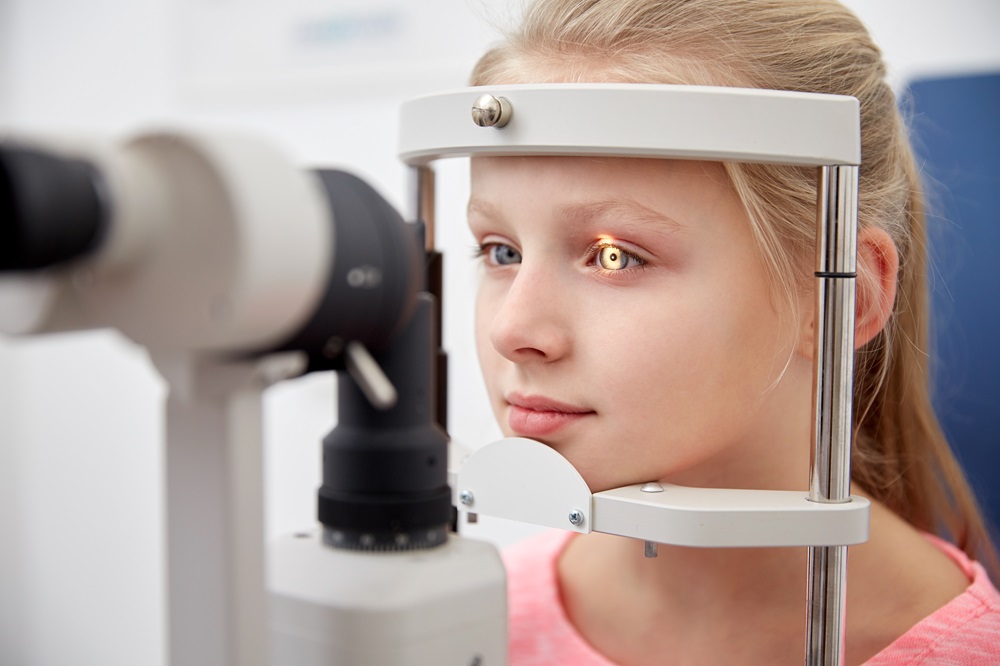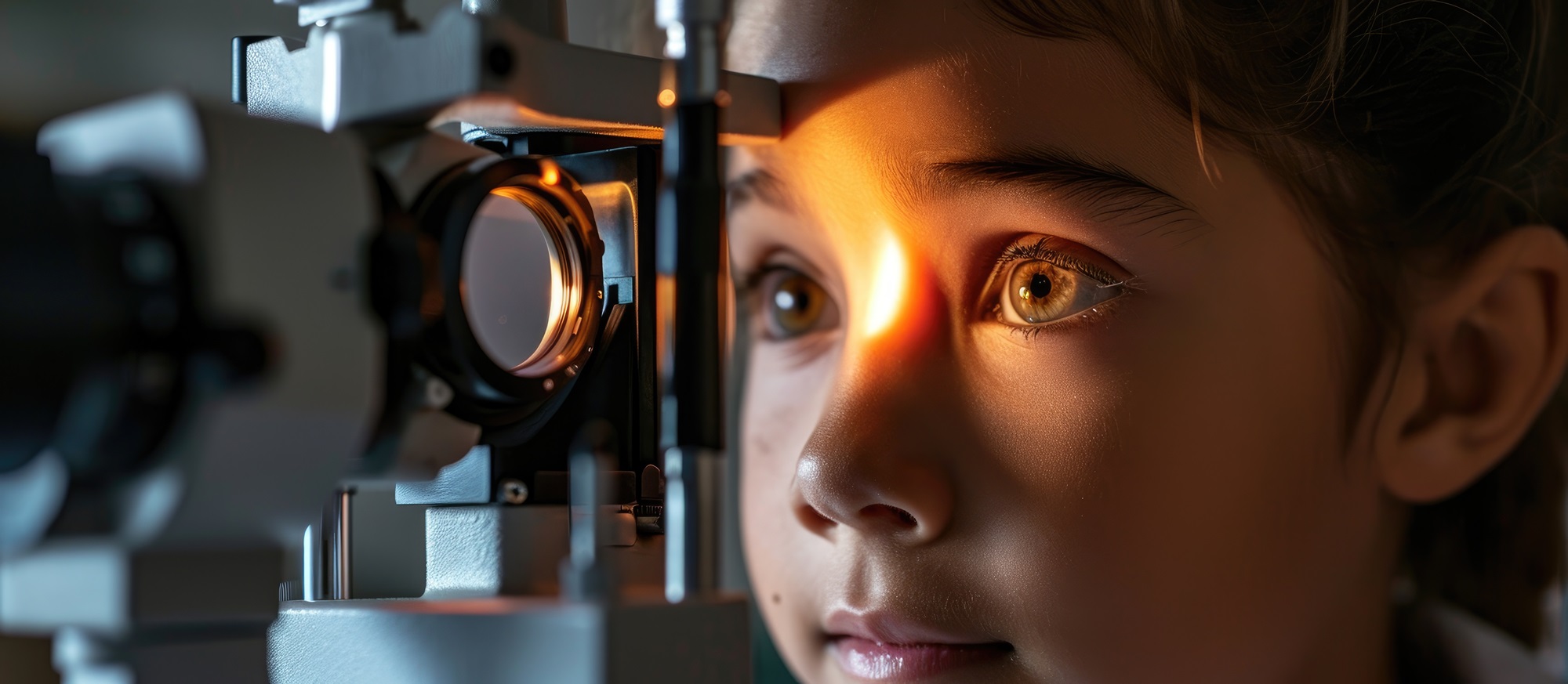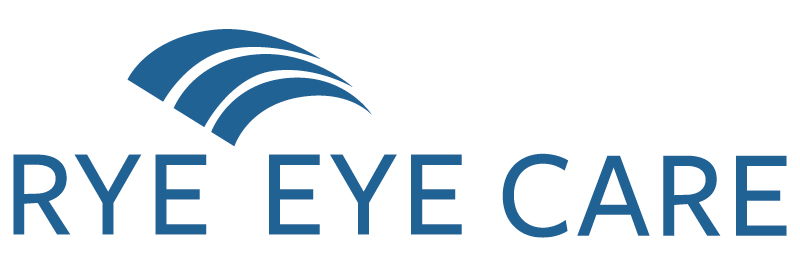Comprehensive Pediatric Eye Exams
At Rye Eye Care, we understand the critical importance of regular pediatric eye exams. Our approach to pediatric eye care involves specialized techniques and advanced technology, ensuring precise testing and creating a comfortable environment for young children.

Bright Futures Begin with Pediatric Eye Care
Experts emphasize that 80% of learning is visual, underscoring how clear vision directly impacts a child's ability to learn and explore the world. This is especially true for infants, whose visual experiences shape their early development. To support your child's growth and ensure they have the visual resources needed, an eye doctor must assess their eyes and vision at specific developmental stages.
Following the American Optometric Association (AOA) guidelines, children should undergo eye exams at six months, three years when starting school, and at least every two years after that. More frequent exams are advisable for children displaying signs of potential vision issues or having risk factors like developmental delays, premature birth, or a family history of eye conditions. If your child wears eyeglasses or contact lenses, an annual eye exam becomes essential due to the rapid changes children's eyes undergo during growth.
Birth – 24 Months
At Rye Eye Care, we understand that a baby's visual journey unfolds gradually during the early months of life. These precious stages involve learning to focus, coordinate eye movements, and process visual information — all essential for understanding and engaging with the world. Through these visual milestones, the foundation for essential motor skills like crawling, walking, and hand-eye coordination takes shape.
As parents, you play a vital role in tracking your baby's development. One key milestone to mark is scheduling a comprehensive infant eye exam at six months. During this exam, our expert eye doctor will ensure your child's vision is developing properly, meeting crucial milestones, and identify any conditions that could affect eye health or vision, such as strabismus (misalignment or crossing of the eyes), farsightedness, nearsightedness, or astigmatism.
To monitor their progress closely, more frequent eye exams may be recommended for infants born prematurely or those showing signs of developmental delays.
2 – 5 Years Old
The toddler and preschool years are a time of incredible growth in a child's intellectual and motor skills. This crucial phase sees the development of fine motor skills, hand-eye coordination, and perceptual abilities — essential for future activities like reading, writing, sports, and creative endeavors like drawing or painting. The foundation for all these accomplishments relies on good vision and visual processes.
Parents must remain vigilant during this period for potential vision issues, including lazy eye (amblyopia) or crossed eyes (strabismus). Early detection and treatment significantly improve the chances of success.
Parents should also watch for developmental delays related to object, number, or letter recognition, color perception, or coordination, as these issues can often have visual roots. If you notice your child squinting, frequently rubbing their eyes, sitting too close to the TV or reading material, or avoiding activities like puzzles or coloring, visiting the eye doctor is advisable.
Ages 6 – 18
Undetected or uncorrected vision issues can profoundly impact children and teens, affecting their academic, social, athletic, and personal lives. If you notice your child struggling in school or with after-school activities, it may indicate an underlying vision problem.
Successful learning, motor development, reading, and many other essential skills hinge on good vision and the eyes' ability to work together harmoniously. Children facing challenges with focusing, reading, eye coordination, or hand-eye coordination can experience frustration, often leading to behavioral difficulties. Frequently, they may not even realize that their vision is abnormal, making it challenging to express their need for assistance.
For older children, additional signs of potential vision problems may include short attention spans, headaches, frequent blinking, aversion to reading, tilting the head while reading, losing their place often, experiencing double vision, or struggling with reading comprehension.

What to Expect During an Eye Exam
At Rye Eye Care, our comprehensive eye exams go beyond basic visual acuity. We assess crucial visual skills for learning and mobility, ensuring your child's visual development is on the right track.
- Binocular vision: We evaluate how your child's eyes work together harmoniously.
- Focusing: We check their ability to focus and switch focus effectively.
- Peripheral Vision: We assess their peripheral vision to ensure a complete field of view.
- Color Vision: We evaluate their color perception.
- Hand-eye Coordination: We measure their ability to coordinate hand and eye movements.
- Tracking: We examine their ability to track moving objects smoothly.
Our eye doctors will also thoroughly examine the eye area and internal structures to detect eye diseases or health conditions. It's crucial to provide relevant personal history, such as premature birth, developmental delays, family eye history, past eye injuries, or medications your child is taking. This information helps us tailor our approach to your child's unique needs.
If a vision problem is identified, our expert eye doctors will discuss various therapeutic options, including eyeglasses, contact lenses, eye patches, vision therapy, or ortho-k, depending on the specific condition and the doctor's specialty. Early detection is key, as some conditions are more manageable when addressed during the crucial stages of eye development.
The AOA recommends that children who wear eyeglasses or contact lenses should have their eyes examined at least every 12 months or according to their optometrist's instructions.
